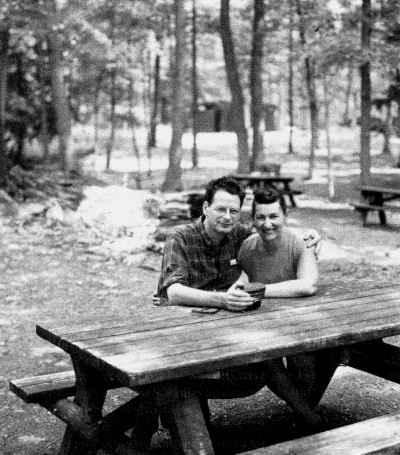 |
|
|
[Page 71]
PronunciationIn Yiddish and Hebrew words herein, ch always represents the guttural sound of clearing the throat, as in “cheder”, “Chanukah”, and in proper names, “Chayyim” and Chayye” (both in two syllables). The sound of tsh the combination of the letters (ess-shin) is always so spelled here, as in “tsholent”. The last letter of the Hebrew/Yiddish alphabet is here transliterated as s, whenever it was so pronounced in Sokolievka: so s in “Bess Medrash”, (the colloquial pronunciation of “Beis Midrash”, not as the as in Beth, and not as t as in current Israeli usage. The letter tsade is transliterated tz. Sokolievka is pronounced as if spelled “Sokoleefka”, accent on the “leef”. That is the Ukrainian form. The Russian form, sometimes seen, was Sokolovka. Justingrad: the J is pronounced like a Y, u as in pull or full, accent on the first syllable.
Shtetl
This term refers to a specific type of settled Jewish community in an East European region, usually surrounded by a rural area and smaller villages populated by a majority of another nationality. During the period of this history, there were large urban Jewish communities in cities like Odessa, Warsaw, Vilna, Vienna Berlin and elsewhere which were quite cosmopolitan in culture; but somewhat as rural America long colored the civilization of big-city industrial United States, so the shtetl dominated the image of East European Jewish life for centuries, until its annihilation in the Hitlerian Holocaust 1933-1945. In Sokolievka the word was pronounced shtaytl, plural shtaytlach.
[Page 72]
|
|
[Page 73]
[Page 74]
[Page 75]
[Page 76]
[Page 77]
[Page 78]
[Page 79]
[Page 80]
[Page 81]
[Page 82]
[Page 83]
[Page 84]
[Page 85]
[Page 86]
|
|
| Above is reproduced the birthdate attestation prepared by Adella Logvin in her efforts to be admitted to advanced schooling. Translated it reads: “Excerpt from Birth Records. /In the first part of the birth record of Jews born in the town Justingrad, Lipovitsy county, under no. 8 for 1892 is recorded: 'On February 28, 1892 a female child born, name Hudel; father David Lovin, of Sarny; mother Blume Leah'. This excerpt is issued for admission to school. This is an accurate excerpt from the birth records.” This signature and seal are of sh. B. Shaporonskii, “state rabbi”, town of Ilkitsy, Lipovitsy county. This signature, by a semi-official, in another thown, suggests that it could not be obtained in Justingrad at that time, March 15, 1909.
Although all members of the family from the time of their arrival in the United States use the form Logvin, all papers we have seen dated before 1914 show Lovin, which was also the form inscribed for David Lovin, as an official, on the façade of 'Bess Medrash'. |
[Page 87]
|
|
JewishGen, Inc. makes no representations regarding the accuracy of
the translation. The reader may wish to refer to the original material
for verification.
JewishGen is not responsible for inaccuracies or omissions in the original work and cannot rewrite or edit the text to correct inaccuracies and/or omissions.
Our mission is to produce a translation of the original work and we cannot verify the accuracy of statements or alter facts cited.
 Sokolivka, Ukraine
Sokolivka, Ukraine
 Yizkor Book Project
Yizkor Book Project
 JewishGen Home Page
JewishGen Home Page
Copyright © 1999-2025 by JewishGen, Inc.
Updated 17 Nov 2014 by JH